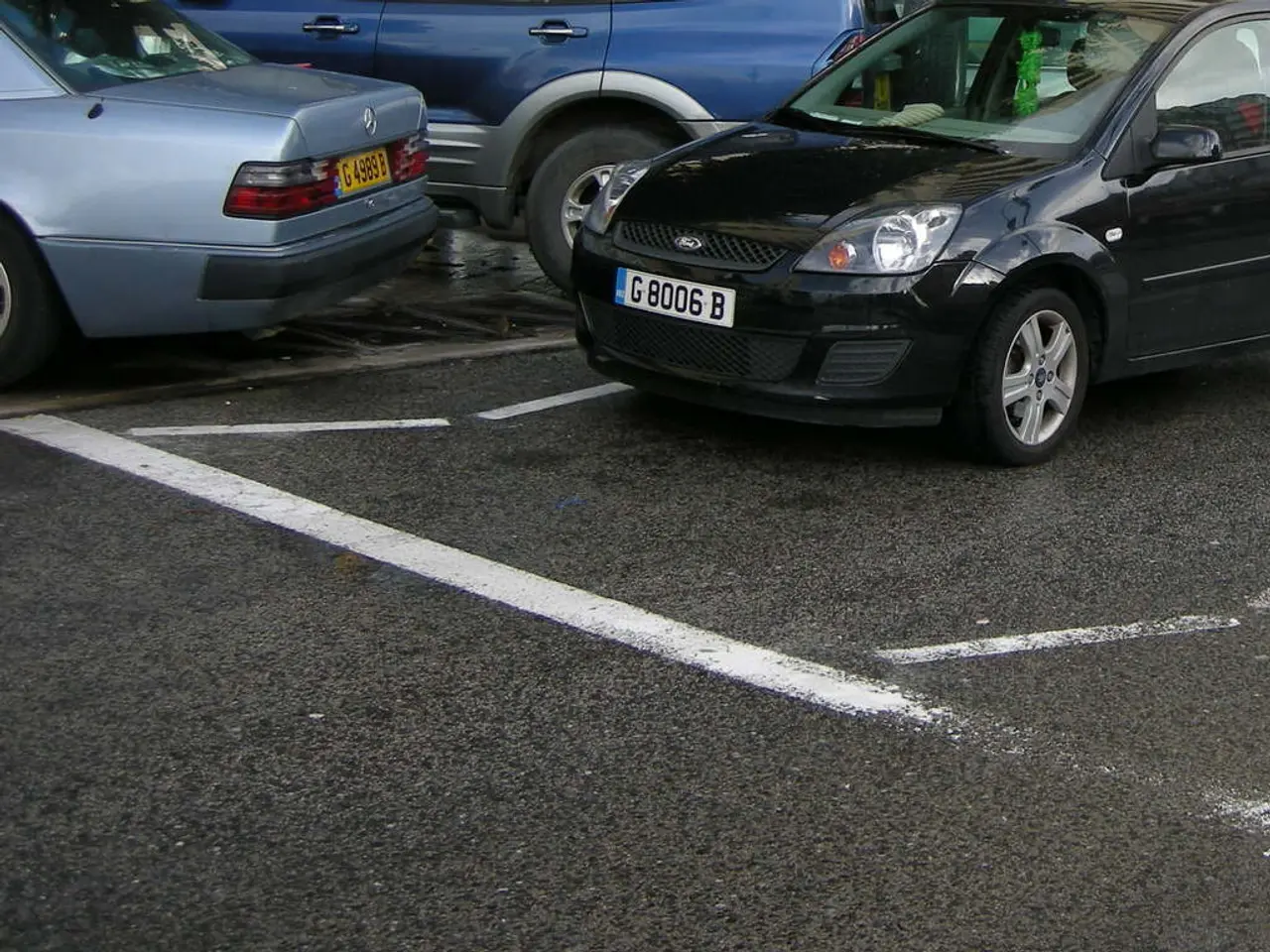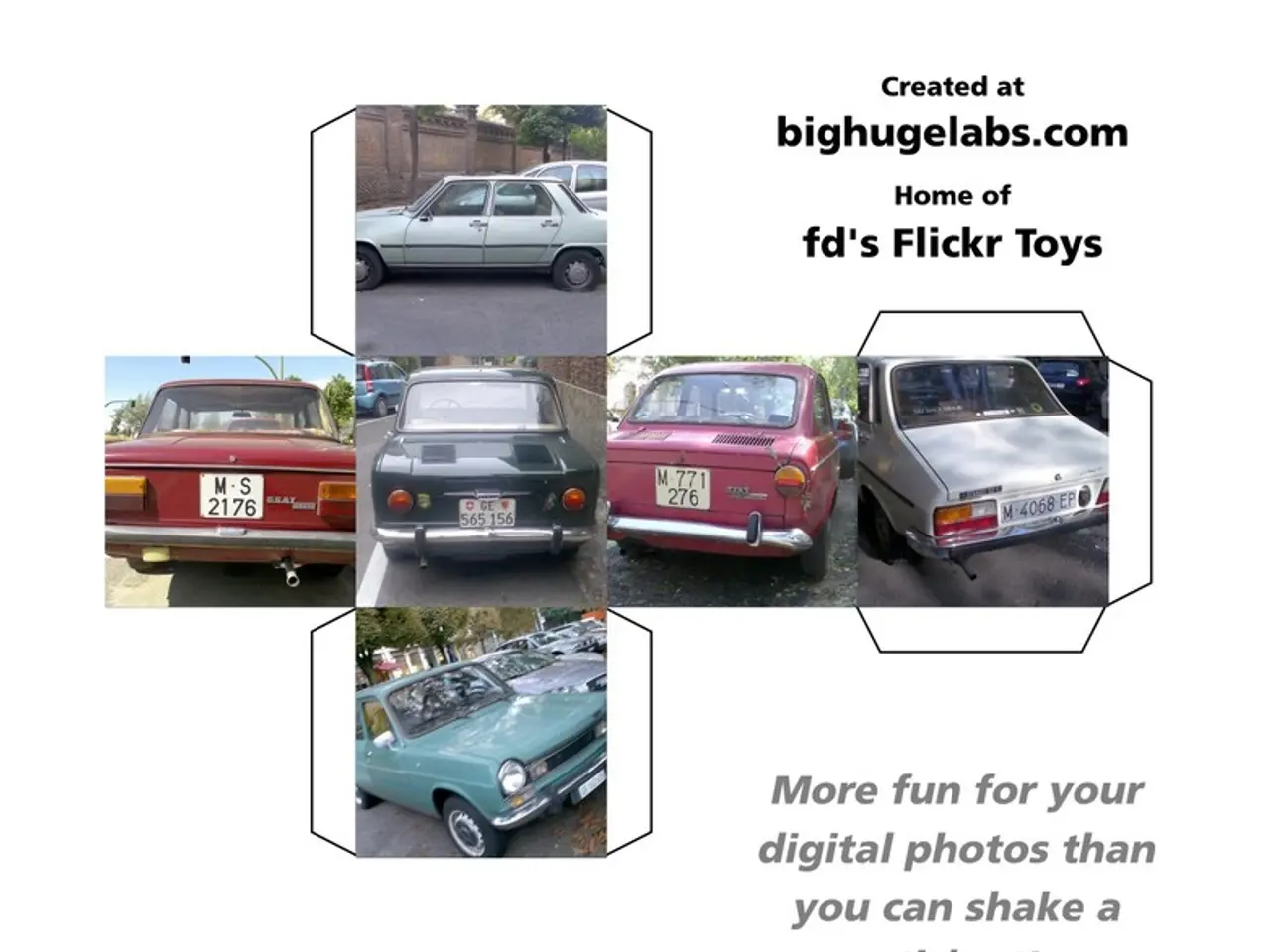Autonomous GM Cruise vehicles resume operation in three American states, although not for ride-sharing purposes.
In a strategic move, General Motors (GM) is repurposing its Cruise autonomous vehicles, originally intended for a robotaxi fleet, to integrate Cruise's autonomous technology into consumer vehicles. This shift in focus is particularly evident in the San Francisco Bay Area, where tests are currently underway.
Initially, GM's Cruise, an autonomous subsidiary, operated a driverless taxi fleet using modified Chevy Bolt EVs, known as Cruise AVs, in San Francisco. However, regulatory setbacks and safety concerns led to a pause in nationwide robotaxi operations and the shelving of ambitious expansion plans.
Recent sightings of GM Bolt electric hatchbacks in the Bay Area, including vehicles likely repurposed from the Cruise fleet, indicate that testing on public roads around San Francisco and Oakland is ongoing. The vehicles, which feature lidar sensors on the roof similar to the setup from the Cruise ride-hailing system, are being used to improve GM's Super Cruise system, a driver-assistance technology that helps drivers stay in and change lanes, or apply the emergency brake without needing to use their hands.
Notably, the vehicles no longer bear any visibly apparent Cruise branding, with the "Mint" vehicle being one of those newly active in the Bay Area. This could suggest a more covert approach to testing as GM moves away from the development of a full-scale robotaxi service.
This strategic shift reflects GM's aim to leverage Cruise technology to enhance its broader vehicle lineup with advanced driver assistance and autonomous features, rather than focusing on expanding robotaxi services. The testing is taking place on select highways in Michigan, Texas, and the San Francisco Bay Area.
The robotaxi industry, which includes companies testing sensors and algorithms, map providers collecting data, and hobbyists attempting to upgrade their personal rides, is a competitive landscape in the US. GM's decision to pivot away from robotaxi operations comes as several automakers, including GM, race to develop cars that offload an increasing amount of driving tasks to computers. In the US, Waymo currently dominates the robotaxi industry, with Tesla and Zoox among those trying to catch up.
Despite this shift, GM remains committed to its autonomous vehicle ambitions. In February, the company took full ownership of Cruise, and in December, it announced the cancellation of the robotaxi experiment. However, the incident that led to regulatory setbacks and the loss of a key permit resulted in job losses, with a quarter of Cruise's workers being laid off.
GM CEO Mary Barra described the robotaxi fleet as an expensive distraction from the business of making cars, indicating a focus on more profitable ventures moving forward. As GM continues to develop and integrate Cruise's autonomous technology, the future of robotaxi services remains uncertain.
- Instead of focusing on expanding robotaxi services, General Motors (GM) is now using Cruise's autonomous technology to enhance its broader vehicle lineup with advanced driver assistance and autonomous features.
- The testing of these vehicles is taking place on select highways in Michigan, Texas, and the San Francisco Bay Area, where lidar sensors on the roof similar to the setup from the Cruise ride-hailing system are used to improve GM's Super Cruise system.
- In the US, the robotaxi industry is a competitive landscape consisting of companies testing sensors and algorithms, map providers collecting data, hobbyists attempting to upgrade their personal rides, and automakers such as GM, who are racing to develop cars that offload an increasing amount of driving tasks to computers.
- Despite GM's decision to pivot away from robotaxi operations, the company remains committed to its autonomous vehicle ambitions, having taken full ownership of Cruise and announcing the cancellation of the robotaxi experiment.
- The robotaxi industry, which includes Waymo, Tesla, and Zoox, is a challenging environment for companies as they strive to dominate this sector, with GM currently evaluating its future plans regarding robotaxi services.




